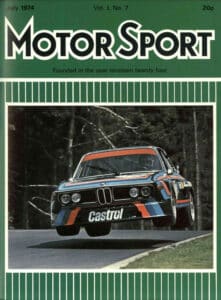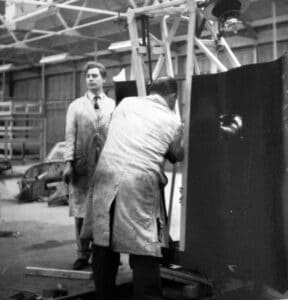Letters - September 2024
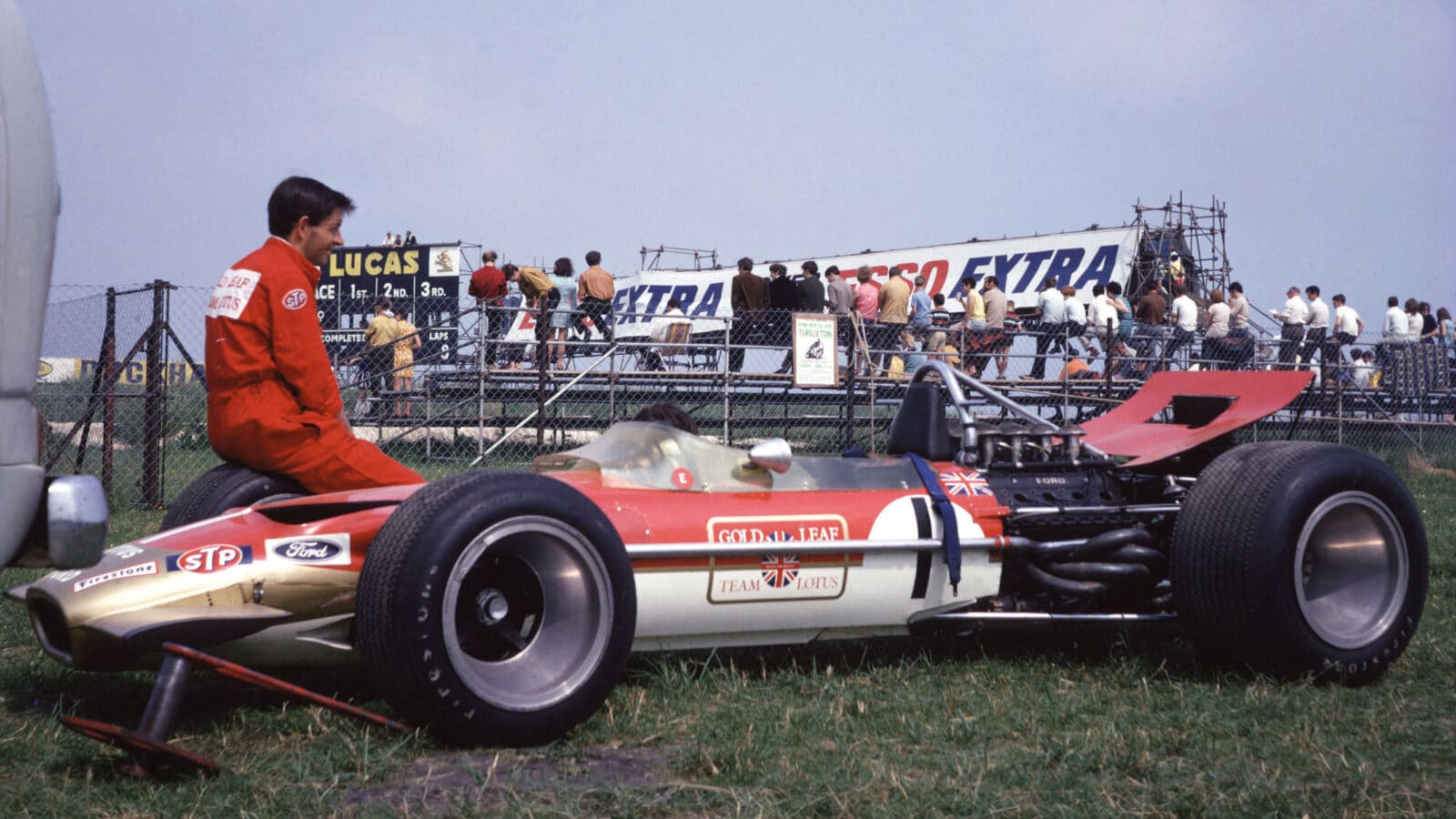
Graham Hill’s Lotus 49 was a star attraction at Thruxton in 1969. You could just walk up and take a snap
Bruce Grant-Braham
May I congratulate fellow Motor Sport readers for selecting the Lotus 49 as their all-time favourite racing car [Race Car of the Century, Your votes are in…, August]. Mine too!
In June 1969 I visited Thruxton, my local circuit, for the BARC’s Speed Fair. A highlight for me was my first ever Formula 1 experience as no less than Graham Hill was demonstrating his Lotus 49B. This was, if my memory correctly serves me, the car with which he had won at Monaco. I was so mesmerised by both the car and driver that 55 years later I am still embedded in the BARC and Thruxton. It was the Lotus 49B that sent me down the motor sport route.
I attach a photo from that day [above]. Could you imagine today a current F1 car being proudly presented to the public on grass and in the spectator area?
Different days, fondly remembered.
Bruce Grant-Braham, Holt, Wimborne, Dorset
In the August issue on the Lotus 49, your reporter suggests that Jim Clark won the ’68 South African GP in a 49B in “lurid Gold Leaf colours” [When Oliver winged it at Lotus]. I am sure that every Clark aficionado has an image of his final GP win. He had a new car, albeit late ’67-spec, chassis number R4, blue helmet with white peak, white face mask, red name stickers on either side of the yellow nose stripe, classic green bodywork. Check out your February ’68 edition cover and inside colour pics, which I remember from my older brother’s copy of the mag. I was eight, and thanks to your archive facility I can see them again today.
Those colours appeared twice more, in the Tasman Series, before the red and gold came in for the third round at Wigram. And sadly Jim never drove a 49B, which first raced at Monaco in May, some six weeks after his accident.
Tim Davies, Horsham, West Sussex
Mea culpa. I can only claim brain fade. Apologies for the error – DS
Congratulations on 100 years. You recently asked which was our favourite Motor Sport cover [The Editor, July] – well, all of them! However, my favourite cover is July 1974, right, which was personally signed by Hans J Stuck at Prescott in July 2016. Hans was sitting on a pile of straw bales in the barn casually signing programmes, and when I put my magazine in front of him he beamed widely and said, “Ah Nordschleife, fastest lap, good car but broke.” He signed my magazine and offered his hand warmly. Great moment.
Looking forward to many more issues of Motor Sport in the future.
Denzil Monis, Bristol
When you wrote about Jenks’s Arctic trip by 300 SL [The MS team on the road, July], his companion was Wolfgang von Trips, not Uhlenhaut. I was there before they set off.
My Swedish racing adventures began in 1952, but 1955 was the big year. Despite the Le Mans disaster, both the Swedes and Mercedes continued racing, first in the Swedish Grand Prix in Kristianstad, then to Karlskoga the following week. There I was, the most eager 14-year-old in Norway when it came to reading Motor Sport and Continental Notes from the magazine’s travelling correspondent, the tiny one who knew everyone, Denis Jenkinson.
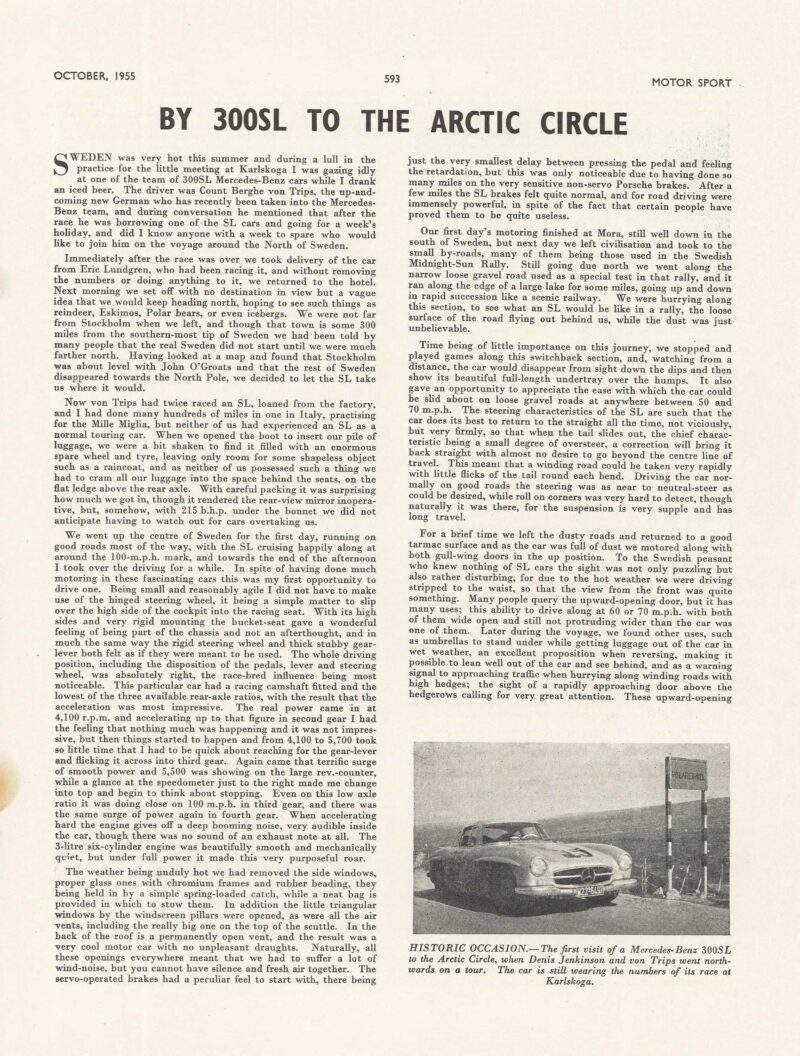
“A voyage around the north of Sweden” for our Jenks and Wolfgang von Trips, 1955
There he was in the pits, together with a Mercedes-Benz 300 SL that ended in a miserable third place with Wolfgang Graf Berghe von Trips. Jenkinson was the nicest guy in the world, and first I got to sit behind the wheel, then I got a ride – about 300m. I floated on a cloud all the way home to Oslo.
Later I discovered that Jenks and von Trips had realised that they had a few days off, so they might as well take a trip north. With no maps and no ideas about ferries and distances, they spent a week on the road, with up to 800km a day with this race-tuned GT car. To me, the article called By 300SL to the Arctic Circle is as good as the much more famous one he wrote after he led Stirling Moss to victory in the Mille Miglia three months earlier.
Jon Winding-Sørensen, Oslo, Norway
Andrew Frankel’s piece about Peter Wheeler [Diary, August] reflected well on the man who took the TVR company forward from 1981, producing as he said, “the most fearsome and feared machines made for the public road”.
But that has always been TVR’s philosophy; following the firm’s founding by TreVoR Wilkinson in 1947, it was American Jack Griffith who in the 1960s came up with the idea of squeezing a 271bhp 4.7-litre Ford V8 into a Grantura chassis, in partnership with the team at the factory led by engineer David Hives, then based at their rustic former brickworks premises in the Blackpool suburb of Hoo Hill.
Peter certainly more than did his bit and as Andrew rightly says the continuing fondness for TVR is almost entirely down to him. The operative words are “almost entirely”, for if Martin Lilley and his father Arthur hadn’t taken over the remnants of the business in 1965 and Martin stabilising the business ultimately with the successful M Series and then the Porsche-bashing M Series Turbo, TVR would have disappeared without trace almost 60 years ago.
Following the difficult introduction of the Tasmin in 1980, the knock-on from the Lilley era resulted in Martin virtually handing the business to Peter in order to save it from extinction and providing him with the opportunity to progress.
The article also refers to TVR’s long-awaited return to its glory days. They have never gone away in terms of the passion and support for the marque, which continues to thrive through the TVR Car Club, itself celebrating its diamond anniversary next year. The club’s many events across the UK and worldwide are often attended by patron Martin who remains an energetic and knowledgeable enthusiast for the marque who played his own vital role in keeping the TVR spirit alive… and continues to do so.
John Bailie, Poulton-le-fylde, Lancashire
I really enjoyed your anniversary issue and reference to the D-type Jaguar [A Century of racing, July]. Mark Rigg and I raced one of his father’s and met recently on Long Island when we discussed the ‘good old days’ of club racing with XKD 539.
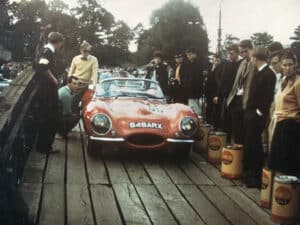
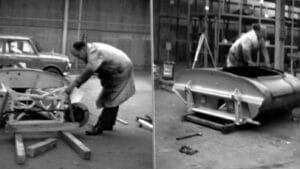
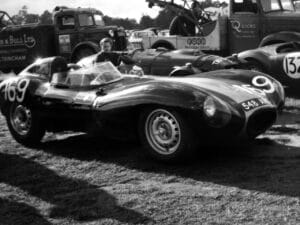
This was built as XKSS 722. And after being registered UDT 100 for [Bob] Gibson-Jarvie of [finance company] UDT, it was then owned by Colonel Ronnie Hoare and used as a road car until Bill Rigg bought it in early 1962. Mark Rigg, his son, and I first used it at Hagley & District CC sprint at Wellesbourne at the start of that season as well as Chateau Impney. It was used in numerous club events including the Six Hours race at Silverstone and at Oulton Park in 1963. Unfortunately the car was badly damaged at Silverstone at the end of that season when it went off the road backwards at Becketts and crushed the rear tail section and bent the chassis tub.
After that we obtained a new tail and tub from Lofty England at Browns Lane and Mark Rigg, Maurice Owen and I rebuilt it as a full race D-type.
The car was then raced at Oulton and Silverstone before the team stopped competing after Bill Rigg’s untimely death at Dunboyne, not in this car, in 1964.
Mike Virr, Fairfield, connecticut, US
I applaud Doug Nye’s irritation at modern F1 commentary in employing ‘box-box- box’ or ‘quali’ (even my laptop is uncomfortable with this bastardisation of ‘qualifying’) [The Archive, August]. I too find it naff along with ‘off-piste’ when it used to be called an ‘off-track excursion’. Anyone would think we were viewing slalom skiing! Watching the Le Mans commentary team and their reverence in getting every single corner name correct was beautiful to listen to after the mind-numbing repetitiousness of circuit racing’s new-fangled lingo – or as Doug has helpfully pointed out, an amalgamation of the past into something not quite right.
I hope it doesn’t become widespread, but perhaps it already is.
David Murphy, Dublin
So sad to read that Parnelli Jones has left us [Matters of Moment, August]. I had the pleasure of meeting him at Indianapolis in 2013.
For my wife and I it was a once-in-a-lifetime trip. On the Saturday before the race we noticed a queue which must have been 200yd long. It was a book signing by the great man. Because we had so much to see we didn’t join the queue.
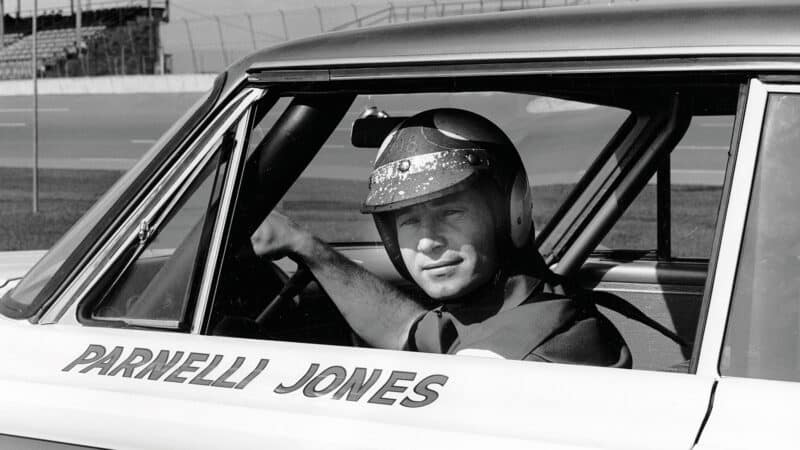
Parnelli Jones, who died earlier this year, made a strong impression on our starstruck reader
Getty Images
A few hours later we were in one of the memorabilia halls when a side door next to us opened. It was Parnelli Jones and Mark ‘Bones’ Bourcier. We stood by the table – with me almost speechless. He had a very firm handshake and was unfailingly polite as I tripped over my tongue with excitement.
My wife reckoned that she had never witnessed me so starstruck. A wonderful memory. My sincere condolences to all those who knew him.
Steve Gray, Suckley, Exmoor
Contact us
Write to Motor Sport, 18-20 Rosemont Road, London, NW3 6NE or email, [email protected]
